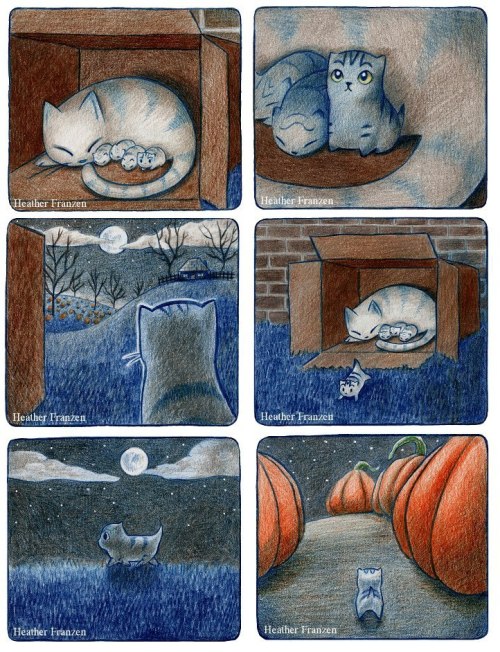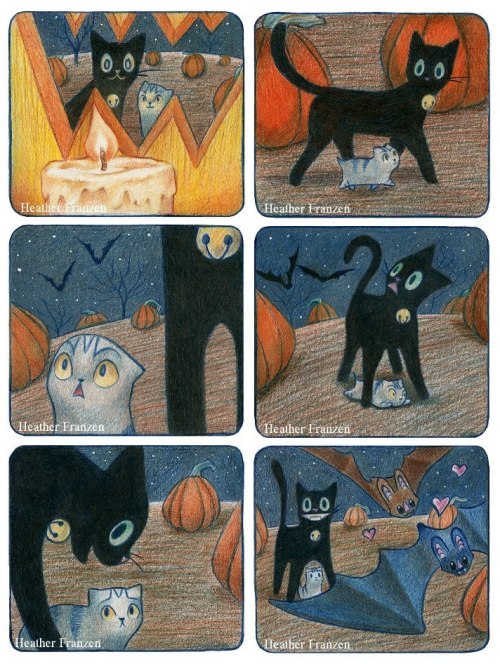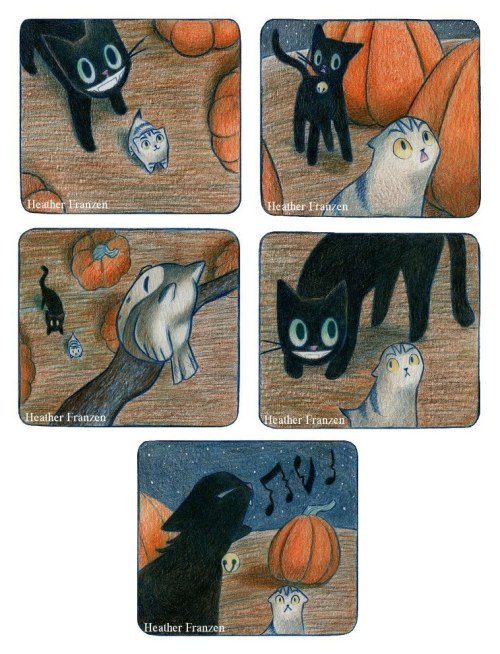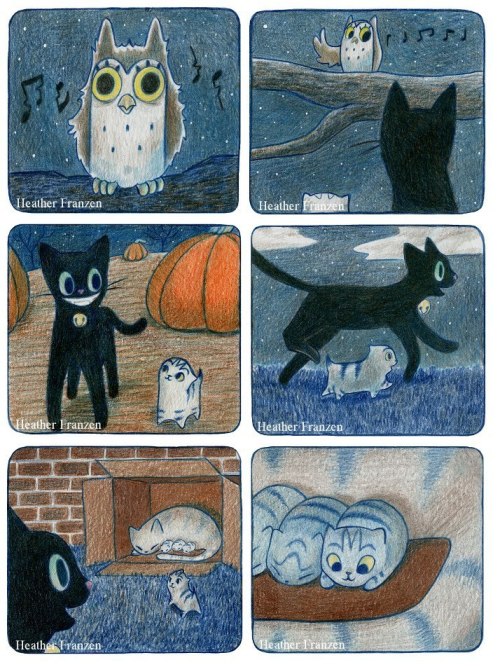“When I Was Young, I Used To Admire Intelligent People; As I Grow Older, I Admire Kind People.”
“When I was young, I used to admire intelligent people; as I grow older, I admire kind people.”
— Abraham Joshua Heschel
More Posts from All-the-thoughts-ever-thought and Others
man the crazy thing about babies is that like, some people would think that reading a baby a book about farm animals is teaching them about farm animals, but really it’s teaching them about the concept of a book and how there’s new information on each page of a single object, but really, beyond that, it’s teaching them how language works, and beyond that it’s really actually teaching them about human interaction, and really really it’s them learning about existing in a three-dimensional space and how they can navigate that space, but actually, above all it is teaching them that mama loves them.
“I very proudly entered the forestry school as an 18-year-old and telling them that the reason that I wanted to study botany was because I wanted to know why asters and goldenrod looked so beautiful together. These are these amazing displays of this bright, chrome yellow and deep purple of New England aster, and they look stunning together. And the two plants so often intermingle rather than living apart from one another, and I wanted to know why that was. I thought that surely in the order and the harmony of the universe, there would be an explanation for why they looked so beautiful together. And I was told that that was not science, that if I was interested in beauty, I should go to art school. Which was really demoralizing as a freshman, but I came to understand that question wasn’t going to be answered by science, that science, as a way of knowing, explicitly sets aside our emotions, our aesthetic reactions to things. We have to analyze them as if they were just pure material, and not matter and spirit together. And, yes, as it turns out, there’s a very good biophysical explanation for why those plants grow together, so it’s a matter of aesthetics and it’s a matter of ecology. Those complimentary colors of purple and gold together, being opposites on the color wheel, they’re so vivid, they actually attract far more pollinators than if those two grew apart from one another. So each of those plants benefits by combining its beauty with the beauty of the other. And that’s a question that science can address, certainly, as well as artists. And I just think that “Why is the world so beautiful?” is a question that we all ought to be embracing.”
— Robin Wall Kimmerer, “The Intelligence of Plants”, from the podcast On Being with Krista Tippett
The first funny bitch was Cain, who straight up lied to God after killing his brother.
it’s sort of funny that the current cultural idea of the flapper dates not from the 1920s, but the 1950s when costume designers took the radical, gender-fluid, sexual, sexually liberated ideas and fashions of the 20s and made them sexy. as in sexual objectifying.
because 1950s and fuck female agency.
-
 all-the-thoughts-ever-thought reblogged this · 3 months ago
all-the-thoughts-ever-thought reblogged this · 3 months ago -
 sapphicstarstufff reblogged this · 4 months ago
sapphicstarstufff reblogged this · 4 months ago -
 shine-on-4ever-and-ever reblogged this · 1 year ago
shine-on-4ever-and-ever reblogged this · 1 year ago -
 shine-on-4ever-and-ever liked this · 1 year ago
shine-on-4ever-and-ever liked this · 1 year ago -
 savvycallie reblogged this · 1 year ago
savvycallie reblogged this · 1 year ago -
 savvycallie liked this · 1 year ago
savvycallie liked this · 1 year ago -
 honeydevore liked this · 1 year ago
honeydevore liked this · 1 year ago -
 bohobedlove liked this · 1 year ago
bohobedlove liked this · 1 year ago -
 johnisapoet liked this · 1 year ago
johnisapoet liked this · 1 year ago -
 agelosk1 reblogged this · 1 year ago
agelosk1 reblogged this · 1 year ago -
 agelosk1 liked this · 1 year ago
agelosk1 liked this · 1 year ago -
 selectively---social reblogged this · 1 year ago
selectively---social reblogged this · 1 year ago -
 selectively---social liked this · 1 year ago
selectively---social liked this · 1 year ago -
 rinaa reblogged this · 1 year ago
rinaa reblogged this · 1 year ago -
 gumincinorbe liked this · 1 year ago
gumincinorbe liked this · 1 year ago -
 catsnnerdystuff liked this · 1 year ago
catsnnerdystuff liked this · 1 year ago -
 anifagad liked this · 1 year ago
anifagad liked this · 1 year ago -
 enchantinglightbiscuitsludge liked this · 1 year ago
enchantinglightbiscuitsludge liked this · 1 year ago -
 turtleswingswong liked this · 1 year ago
turtleswingswong liked this · 1 year ago -
 nurofmyeyes reblogged this · 2 years ago
nurofmyeyes reblogged this · 2 years ago -
 nurofmyeyes liked this · 2 years ago
nurofmyeyes liked this · 2 years ago -
 lila-ren reblogged this · 2 years ago
lila-ren reblogged this · 2 years ago -
 ohlove21 reblogged this · 2 years ago
ohlove21 reblogged this · 2 years ago -
 d3adsilence liked this · 2 years ago
d3adsilence liked this · 2 years ago

Not sure how this works. I'll figure things out as I go. But for now, I hope what I have isn't difficult to navigate.
426 posts















